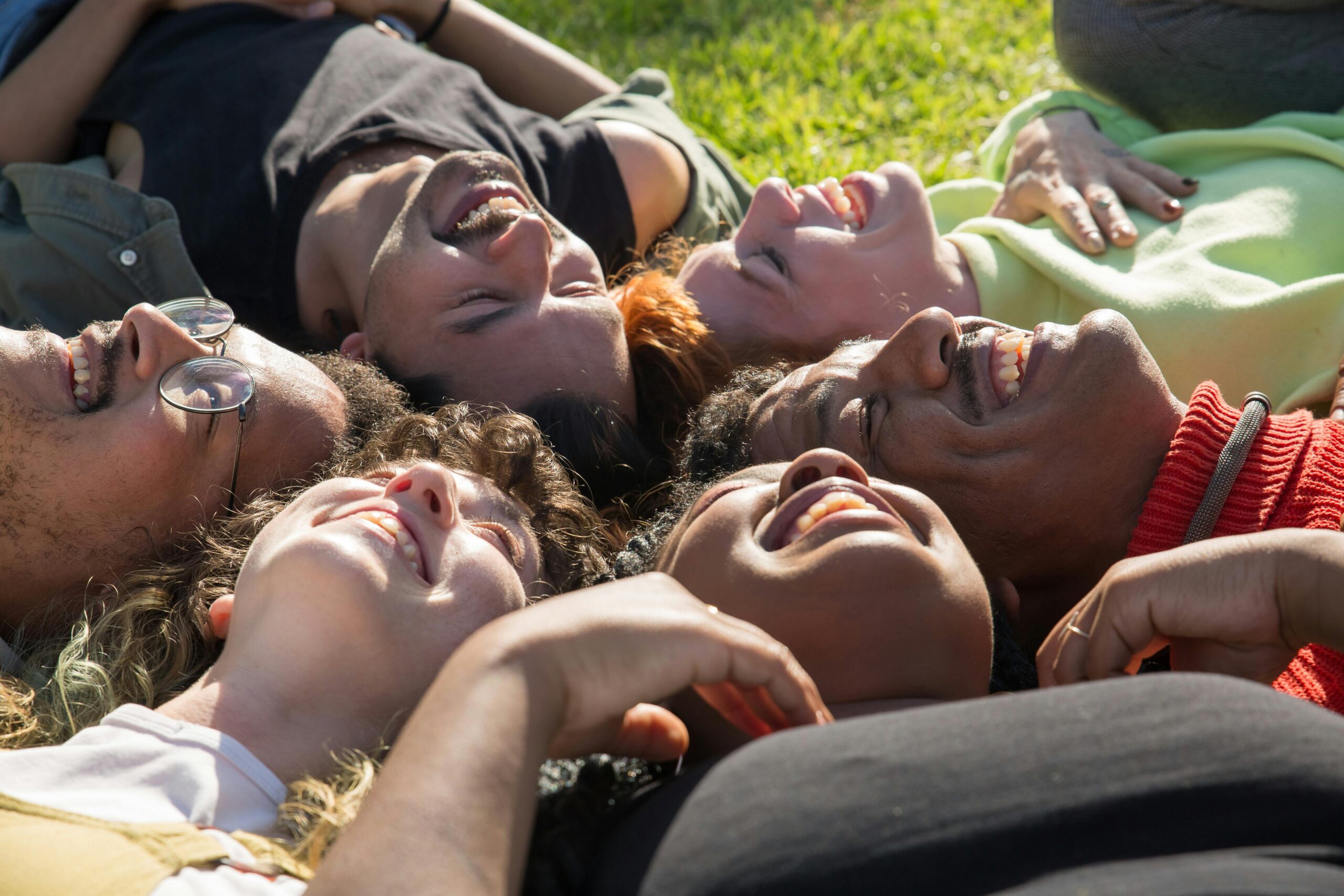I have written before about the reality that at various times leadership can feel lonely.
As you develop and evolve as a leader, it is helpful to consider who is in your circle.
I call this your circle of influence. There are a few layers to your circle. Let me take you through them.
We will start at the inner circle. Who are your go to people? These people are there for you in any moment. Happy times and challenging moments. You have a deep level of trust in them, and you can be completely vulnerable, without concern of judgement. You will likely have just a handful of people here, maybe three to five. You may also be in their inner circle, but this isn’t a prerequisite for them to be in yours. In this circle, you feel safe, cared for and nurtured. They may also push you at different times, to help you grow and stretch. You appreciate the benevolence in this. They are by your side as you evolve. Time spent together is less relevant here. The impact of the moment, what they share, and what they ask you creates the value that they bring to you.
The next level is the middle circle. Here you may have anywhere between 5-100 people that you may consider friends and colleagues, but they are not your inner circle. You catch up sporadically, or regularly. They know about parts of you. You are likely to only show them certain aspects of your life. There may be less trust, not because you don’t trust overall, but rather you choose to be less vulnerable. What connects you are shared experiences such as jobs, life stages and experiences. This circle varies quite a bit at different stages of life. People may come and go depending on where you find yourself and what you are doing. They are a valuable part of your network.
Finally we have the outer circle. This group is your 100+ connections. They are a part of your wider circle. You orbit around each other, and sometimes you are directly in each other’s presence. You are likely to be connected via a social media platform, perhaps seeing each other at an annual event or catch up. At times it may feel you know them through what you read and see, however what is shown is carefully curated.
How much time are you spending in each circle? What are you doing for them?
For a leader, being strategic about how you build your network makes good sense. It’s about supporting those in your circles, so as their success develops, so to does the success of others. The art of this is how you go about building your network.
To nurture your network, it is about considering how you can best serve it. How can you help those in your network? Help does not mean help always comes back to you either. It may or it may not, and it may come back to you in a different form. So, you offer the help, with no expectation of anything at all in return, except that warm feeling you will receive from helping someone else feel safe, cared for and nurtured.
If you are considering how to best nurture your network, you may want to start by thinking about what communities you belong to. Who is in your circles? How do you contribute to your network? What roles do you play in your network, and what roles do people play for you? Are you a sponsor, a mentor, a coach, a trusted confidant, an advisor or a friend? Perhaps you are many or all of these things, to multiple people. Who do you seek out to play these roles for you?
Ultimately nurturing your network is about taking care of each other. It’s about giving more than you receive, and it’s about care, compassion, understanding, empathy and love.
Rita Cincotta coaches, facilitates and speaks on individual and team performance, leadership development and ways of working. She works with organisations to develop human centred solutions that help people and businesses to thrive.
To learn more and access free leadership tips and advice, head on over to: https://ritacincotta.com/elevate-your-leadership-impact/

